Department of Physics and Astronomy
We provide a nurturing and challenging environment for our students. We take pride in our instruction of young future scientists. As a student in the department, you will work and interact with an enthusiastic and dedicated group of scholars.
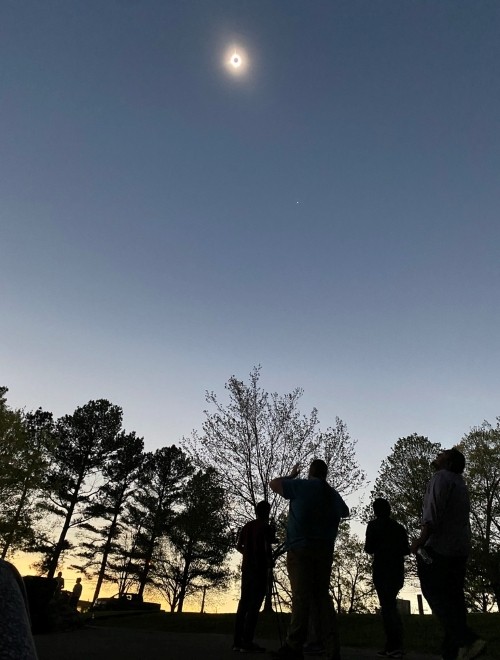
Studying Physics and Astronomy
Physics majors acquire a broad understanding of the physical principles of nature, develop critical thinking and quantitative reasoning skills and become creative scientific thinkers. They work close with experienced faculty in a supportive department that offers opportunities for collaboration and research throughout the year.
Learn more about the program from our faculty and students.
"Physics fosters the ability to think critically and assess any situation, scenario, or environment. More importantly it teaches you how to ask the right questions, which is key for any role in life. No problem can be truly solved until the right questions are asked."
Scott Sims (B.S. in Physics '10) Senior Software Engineer, Google
Academic Programs
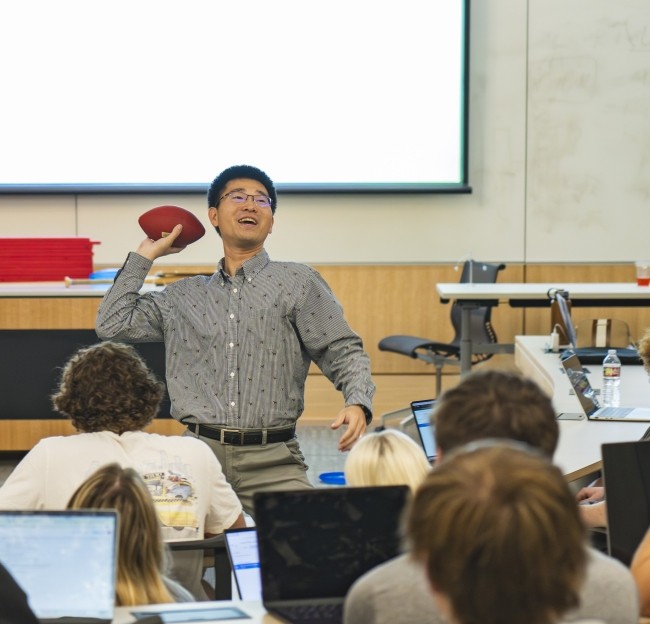
Undergraduate Programs
Learn about our program offerings at the undergraduate level: Bachelor of Arts in Physics, Bachelor of Science in Physics, and minors in Astronomy as well as Physics.
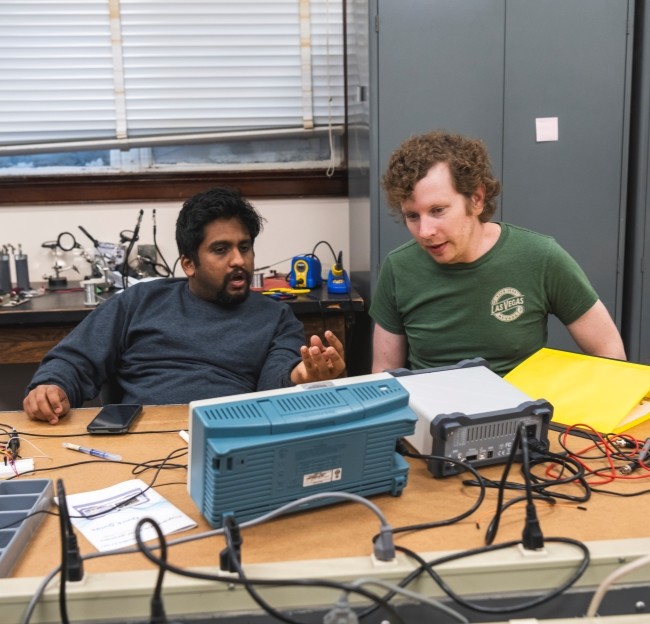
Graduate Programs
Learn about graduate degree offerings: M.A. and M.S. in Physics and Ph.D. in Physics.
Meet Our Student Ambassador
-
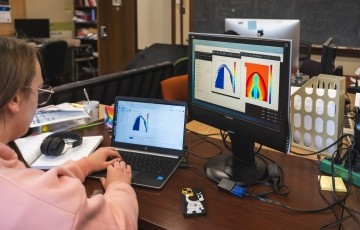
-
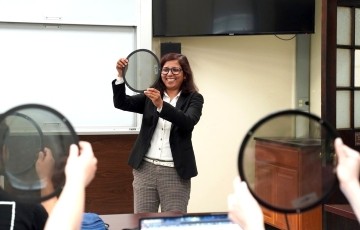
Physics Faculty and Staff
Meet the faculty and staff in the Department of Physics & Astronomy.
View All Faculty and Staff
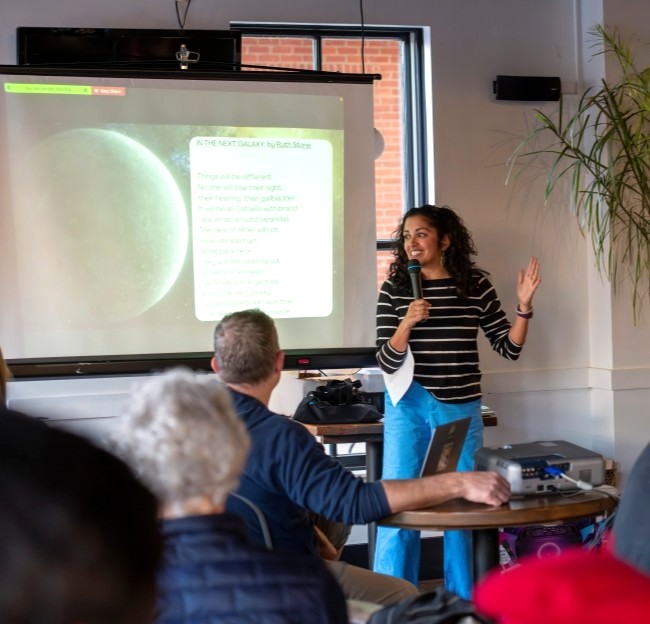 Oxford Science Café
Oxford Science Café
Begun in Fall 2011, the Oxford Science Café features monthly conversations with scientists who are doing cutting-edge research and are excited to share it with science enthusiasts of all ages. Everyone is invited, including children, to hear about the science we know and the science we don't know. The events (and the coffee and pastries) are free!
Contact us: oxfordsciencecafe@phy.olemiss.edu
or follow us on Facebook and X.
The Oxford Science Café was originally supported by the National Science Foundation. Any opinions, findings and conclusions or recommendations expressed are those of the author(s) and do not necessarily reflect the views of the National Science Foundation (NSF).
In The News

OXFORD, Miss. – Pushing the boundaries of what is known about the universe, a team of University of Mississippi students and postdoctoral researchers has contributed to one of the world's premier particle physics experiments, Muon g-2, at Fermi National Accelerator Laboratory.
Help Support Physics and Astronomy
 The Department of Physics and Astronomy is home to faculty with a wide range of expertise who seek to make our students better thinkers, scientists, and citizens.
The Department of Physics and Astronomy is home to faculty with a wide range of expertise who seek to make our students better thinkers, scientists, and citizens.
In addition to our courses, we:
- Invite speakers to campus every year to offer public lectures and interact with our students;
- Offer our students opportunities to engage in original research;
- Conduct community outreach to promote STEM; and
- Help prepare students for graduate studies and/or the job market.
If you'd like to support the department in its work, please consider a tax deductible donation through the University of Mississippi Foundation.

